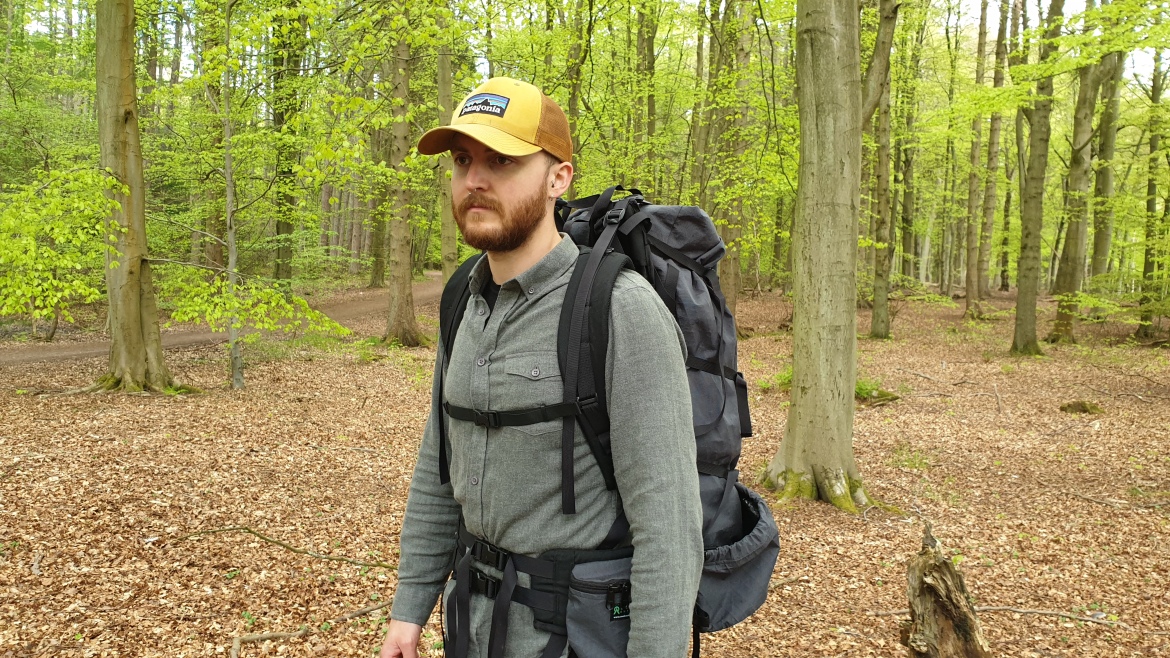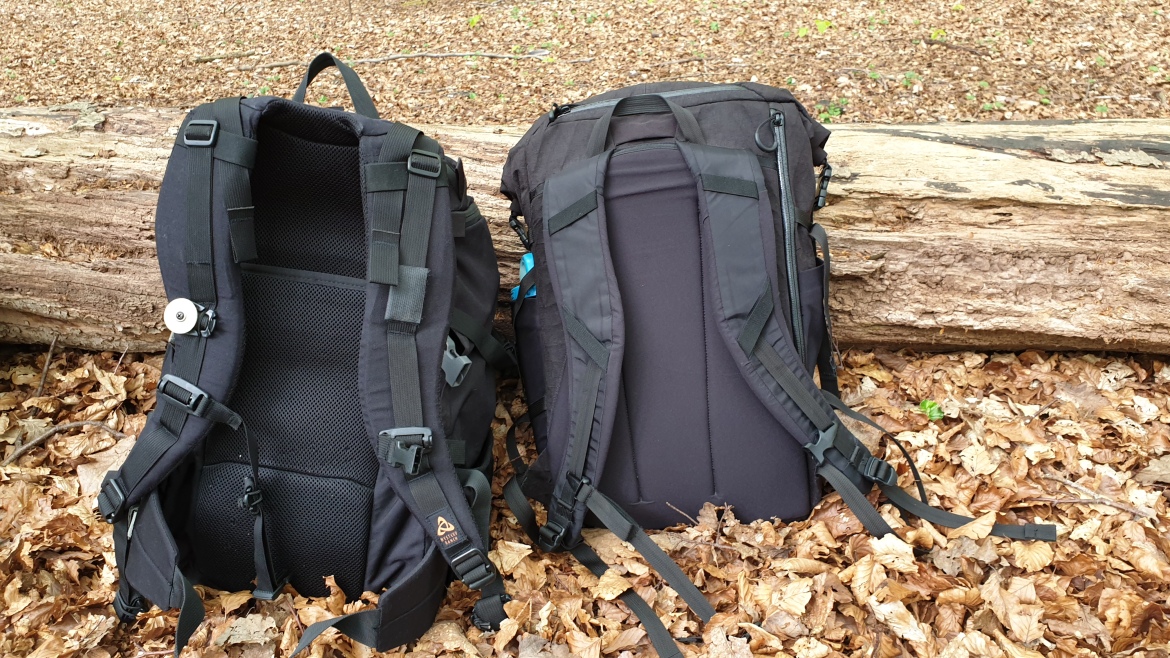When I’m reviewing packs, the criteria is simple. After all, a bag only needs to do two things: hold items, and hang off the body. The former is more obvious, but the latter is more important. The question is, which is the most comfortable backpack on the market? Straps, belts, yokes, harnesses; every single designer on the market has their own approach to suspension, trying to find a solution that meets their users’ needs. We find therefore, that not all straps are equal. Designs differ wildly, which means results do also.

And success isn’t universal. What fits one wearer’s back won’t fit everyone, even with the fanciest adjustment system. One thing is certain though: comfort is king. A bag can be the toughest, quickest opening, best organised thing on the planet, but if the straps suck, nothing else matters. Testing a bag for comfort is simply a matter of loading it up and wearing it. I fill it up with what I feel is a reasonable amount of weight, and move around. Ideally, the bag should direct the bag’s weight onto the parts of my body where it’s strongest, and remain stable on my back. Strain on my shoulders, friction or instability all lose points in that department. To achieve this, designers can shape their straps, build-in framesheets, belts, load lifters, or a whole bevvy of other features to improve how their bag sits on the wearer’s back.
That said, this isn’t a question of simply replicating a winning formula. Not every bag maker is aiming to meet the same function, so it isn’t right to hold them all to the same standard. Nor is every user carrying the same stuff, in the same environment. Some packs need to haul serious weight, and will be worn for days on end – putting the same harness on a 10L bag that’ll carry a laptop from car to desk and back each day would be overkill, right?

Understanding what ‘overkill’ means here takes a little more thought. A bag like my Seek Outside Revolution Fortress is a good example. For its intended use, the bag is monumental. In testing I’ve been able to load it over 20kg and walk on trails and through scrub, steadily for three days at a time. I’m tired at the end, but I’m getting to camp each night without any kind of ache in my shoulders, hips or back. It’s great, except that to pull the thing on I have to adjust the belt, clip two belt buckles, adjust the straps, clip the sternum strap, then tug the load lifters. Then I have to reverse all that every single time I want to put the bag down – I hope it’s clear why putting this on a daily commuter bag would be pretty darn impractical.

This question of practicality is the balancing point of the ‘comfort’ discussion – the effort required to fit the bag is usually paid off in load-bearing performance, but does it suit the role the bag is filling? Sharp consideration is required here: it’s for this reason that the harness found in my Mystery Ranch 1DAP is slimmer, more flexible than the full Futura yoke on my Sweet Pea. It’s for this reason that the Bravo 18’s simple webbing straps are totally fine for small urban tasks, whereas I don’t like the otherwise highly capable harness of the Hill People Gear Tarahumara for the same role. It’s for this reason that I list the Alpha 31’s straps as my favourite on any bag I own, despite others being much sturdier under high weight. All of these bags tip-toe along the line of the comfort vs complexity graph, fitting into their roles to varying degrees of perfection rather than some singular metric of ‘comfort’ which takes priority over everything else.

All of these assessments come with a small dose of personal preference thrown in. A bag needs to match its wearer’s anatomy, which is why I’m such a fan of the adjustment mechanisms found in all kinds of bag designs these days. Comfort under load depends on shape, materials, weight and durability, all of which require careful selection during the design and manufacturing stages to result in a successful bag.

Like I said, Comfort is King. The criteria is simple, but finding it is complex. It’s probably easier now than ever to search for the most comfortable backpack available, but perfect results are deliciously rare. For designers, this isn’t a win/lose situation, but rather a matter of knowing your product, knowing your audience, and fine-tuning your bag’s suspension to meet that. For the rest of us, well, we can have fun testing them out.
Disclaimer: the views expressed in this article are based on the author’s experience and opinions and do not necessarily represent The Perfect Pack as a publication or community as a whole.






Yup, comfort is king and there are precious few companies who do this well on a consistent basis.
LikeLike
I agree on the straps for the Alpha31! They’re my favorite mainly due to their comfort in adaptable environments. My favorite EDC to hitting the trail on the way home bag.
LikeLike
Have you tried the Synik 30 straps ? They seem so comfy to me so far
LikeLike
Not personally, but I’m glad they work for you!
LikeLike
i know this is an old article but straps/comfort is such an underrated topic. What a great write up. i always knew, for myself, carry comfort is pivotal. Everyone always talk about organization, aesthetics etc… strap comfort indeed is king.
LikeLike
Thank you John.
LikeLike